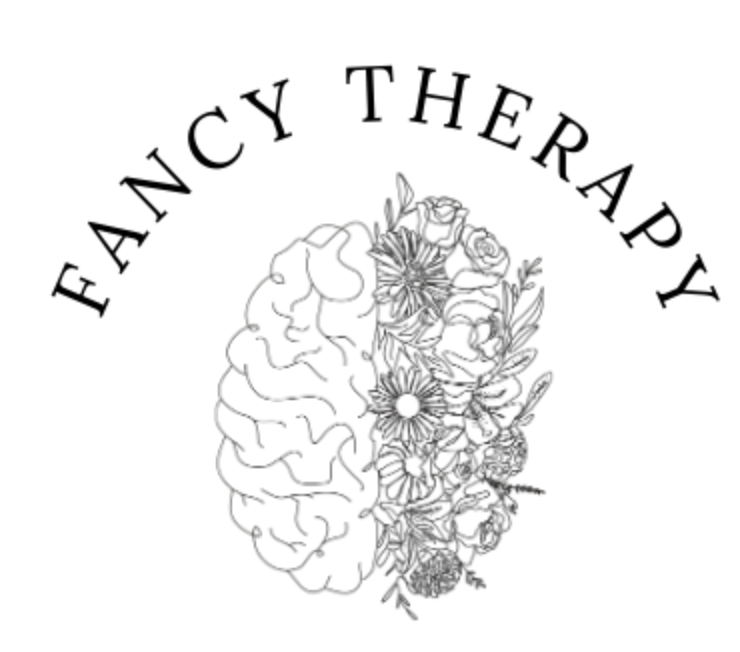Signs You Are Experiencing Functional Freeze
You might have heard of symptoms of trauma often resulting in fight or flight responses that occur when the brain and body is chronically overwhelmed in the face of perceived threat, danger or stress. Two other lesser-known trauma responses are fawn, where one learns to people-please in order to appease and reduce conflict. The other, freeze, is when the body may shut down or numb to protect itself. Feelings of disconnect, disassociation, emotional detachment, and numbing are all common when experiencing a freeze response. These four trauma responses are linked to the autonomic nervous system. All are rooted in the nervous system as automatic responses to protect us and keep us safe when in the face of potential threat or danger.
Imagine you went hiking in the mountains and came across a bear. Terrified, you find yourself unable to move and frozen on the spot. This is the freeze response activating. But, have you ever felt like you are frozen or numb, but still able to get through basic tasks or move through your day? Or maybe you feel stuck in life, but you can still fulfill responsibilities and have a hard time taking action? This is what is known as ‘functional freeze’. When the body is chronically stressed, our nervous system activates and may push us into a freeze mode, shutting down internally. But we can still outwardly function in order to survive even in situations where there is no immediate danger. Over time, this could result in becoming the default response to stress and shape into functional freeze.
How does our nervous system play a part?
Looking into Polyvagal Theory can help us understand how our nervous system responds to overwhelming or chronic stress. It explains how our autonomic nervous system has two main parts: the sympathetic nervous system and the parasympathetic nervous system. The sympathetic nervous system, also known as the fight or flight part of the nervous system, is what is activated and is responsible when overwhelming perceived or actual stress arises. The parasympathetic nervous system, on the other hand, is the “rest and digest” system that allows for a calmer state. A freeze response is activated by the dorsal vagal complex, which helps us move between an arousal and calm state. When the body does not feel able to move into fight or flight, the dorsal vagal complex becomes overwhelmed and elicits a freeze response. Functional freeze occurs when we experience chronic stress with our body learning that the best way to survive and function is through a functional freeze response - A sense of disconnection from ourselves and inability to move forward while still maintaining relative functionality in everyday life.
Symptoms of functional freeze look like:
Emotionally detached from feelings and unable to feel or understand what is going on internally
Numbness or detachment from body as though you are not physically present where you are or in your body
Feeling stuck in life, unable to take action and lacking motivation to start tasks
Difficulty making decisions
Feelings of overwhelm and having a hard time to cope or navigate through life
Constant or chronic exhaustion even with sufficient rest
Lack energy to do things
Withdrawal from social connections and activities
Causes that trigger functional freeze mode:
Chronic abuse, stress, or neglect
Past traumatic events, such as accidents or significant loss or changes in life
Unresolved complex trauma
Social anxiety
Overcoming functional freeze
It can feel helpless, frustrating or overwhelming as to what overcoming the functional freeze response looks like. Understanding the root of your functional freeze response with a therapist can be helpful to help you move to reconnecting with your body and emotions and heal.
Here are some techniques that can be helpful to shift you out of functional freeze:
Mindfulness: Awareness towards the present moment and surroundings can help you reconnect with your body and release any unresolved trauma stuck or stored in your body.
Breathing exercises like box breathing to soothe your nervous system and tell your body it is safe
Grounding technique: 5, 4, 3, 2, 1 grounding technique that emphasizes the use of sensory focus and experiencing to help you shift towards the present moment. Name 5 things you can see, 4 things you can feel, 3 things you can hear, 2 things you can smell, 1 thing you can taste
Work with a therapist or a licensed mental health practitioner who is trauma-informed and trained to help you unpack and overcome functional freeze. Some trauma-based and informed therapeutic modalities include:
- Somatic Experiencing (SE)
- Cognitive Behavioural Therapy (CBT)
- Eye Movement Desensitization and Reprocessing (EMDR)
- Internal Family Systems
Know that your development of a functional freeze response is because your body is and has been trying to protect you and keep you safe. Teaching your body and brain you are safe now takes time and with consistent practice. Be gentle and kind to yourself as you work towards healing your functional freeze response




